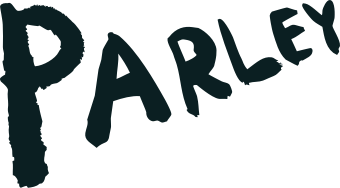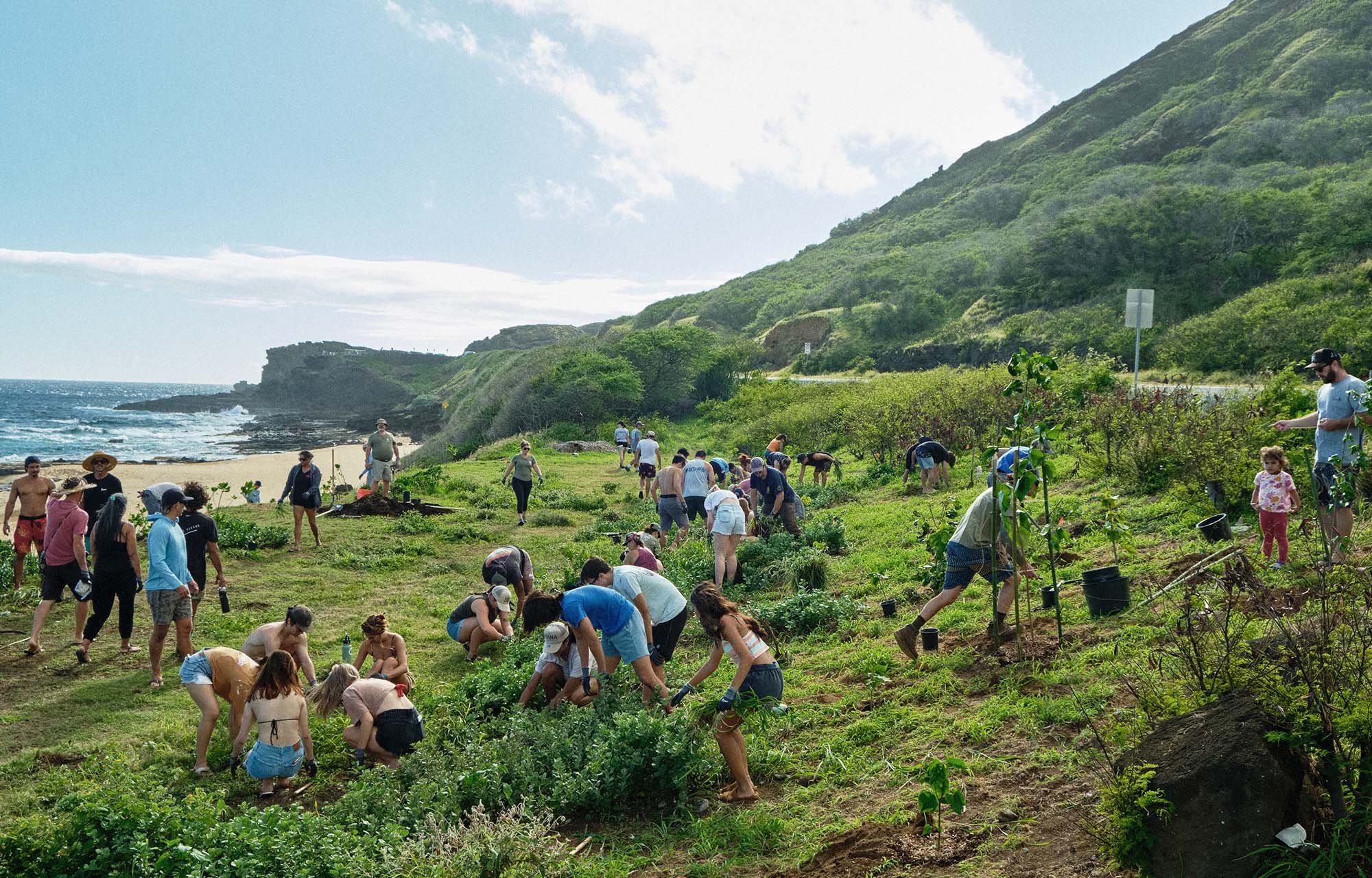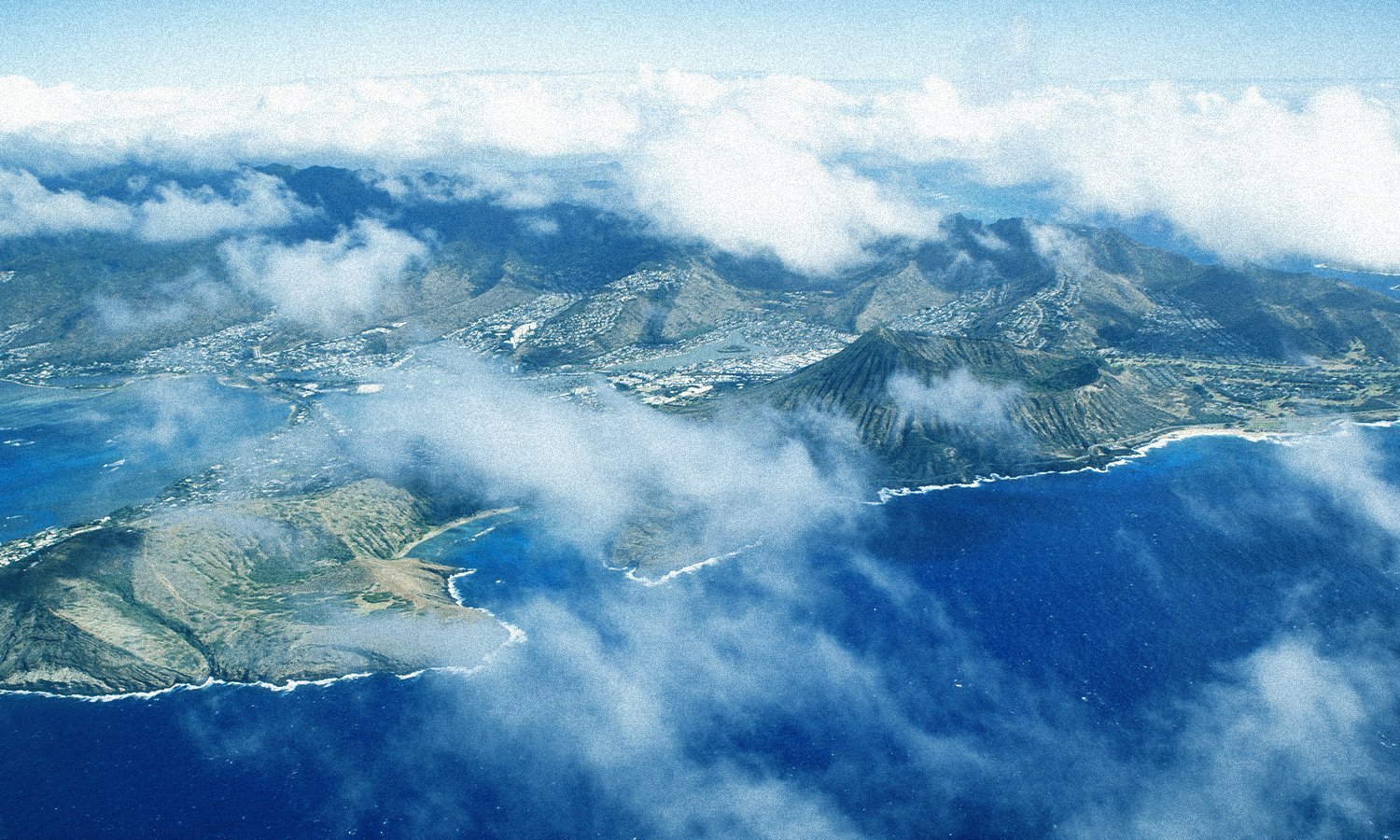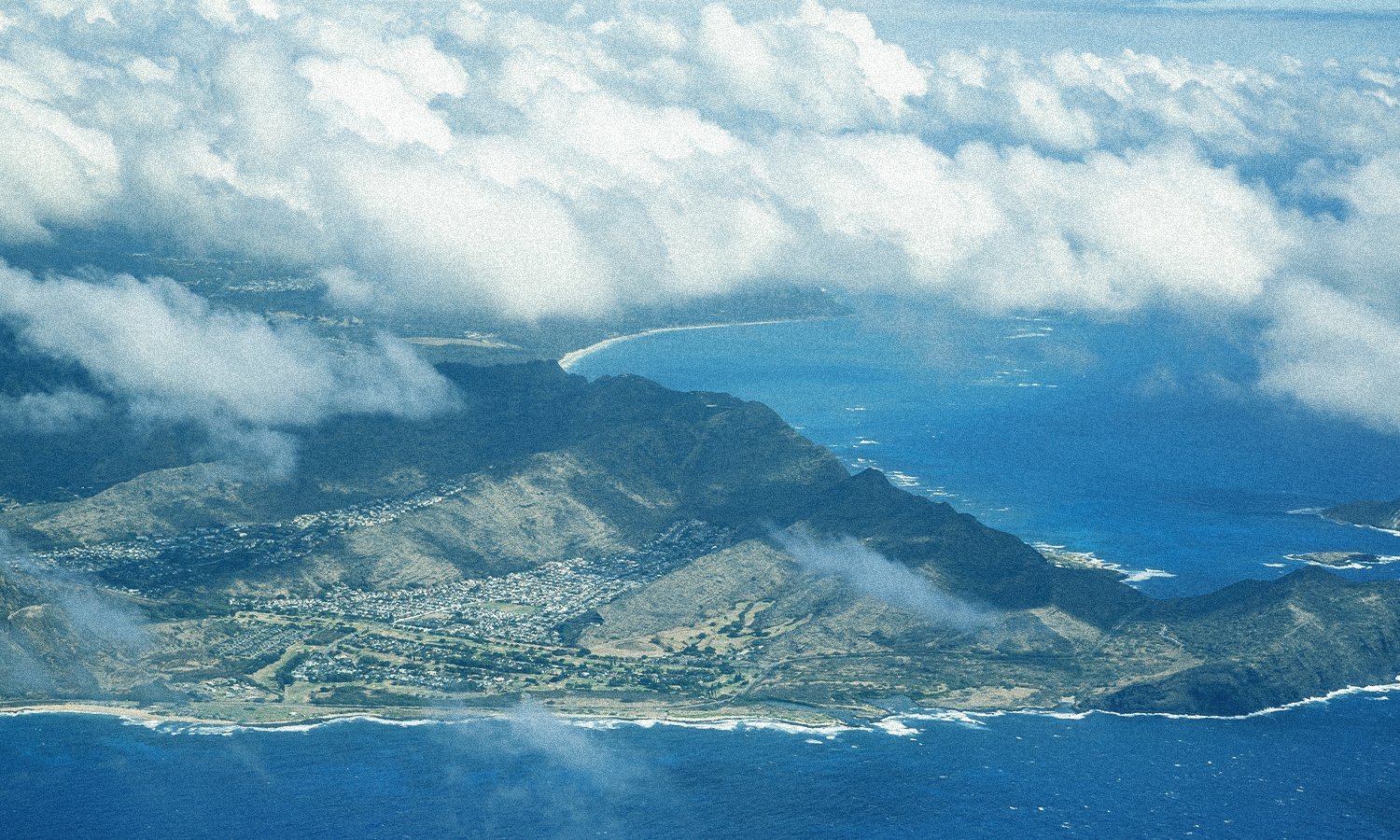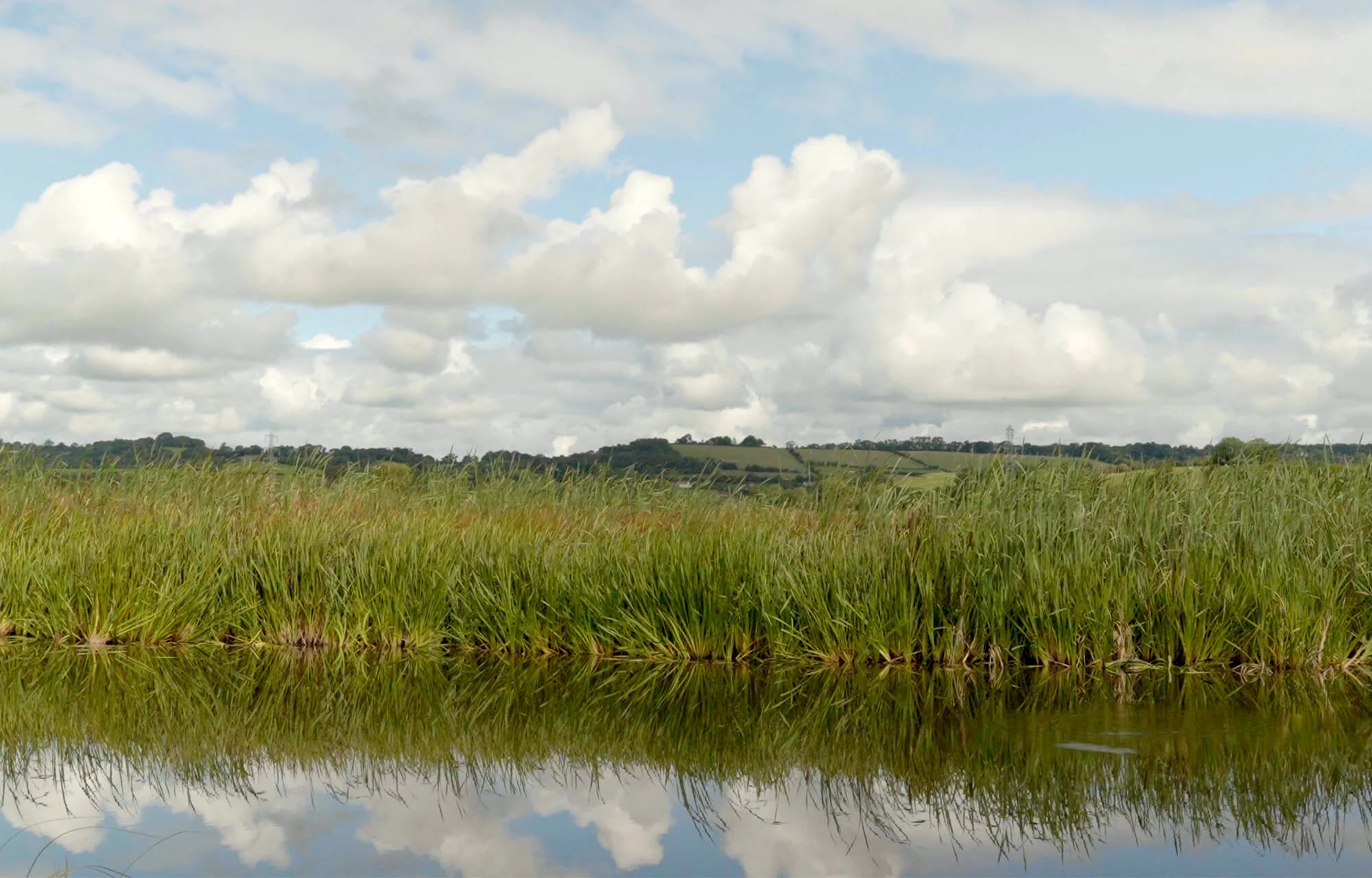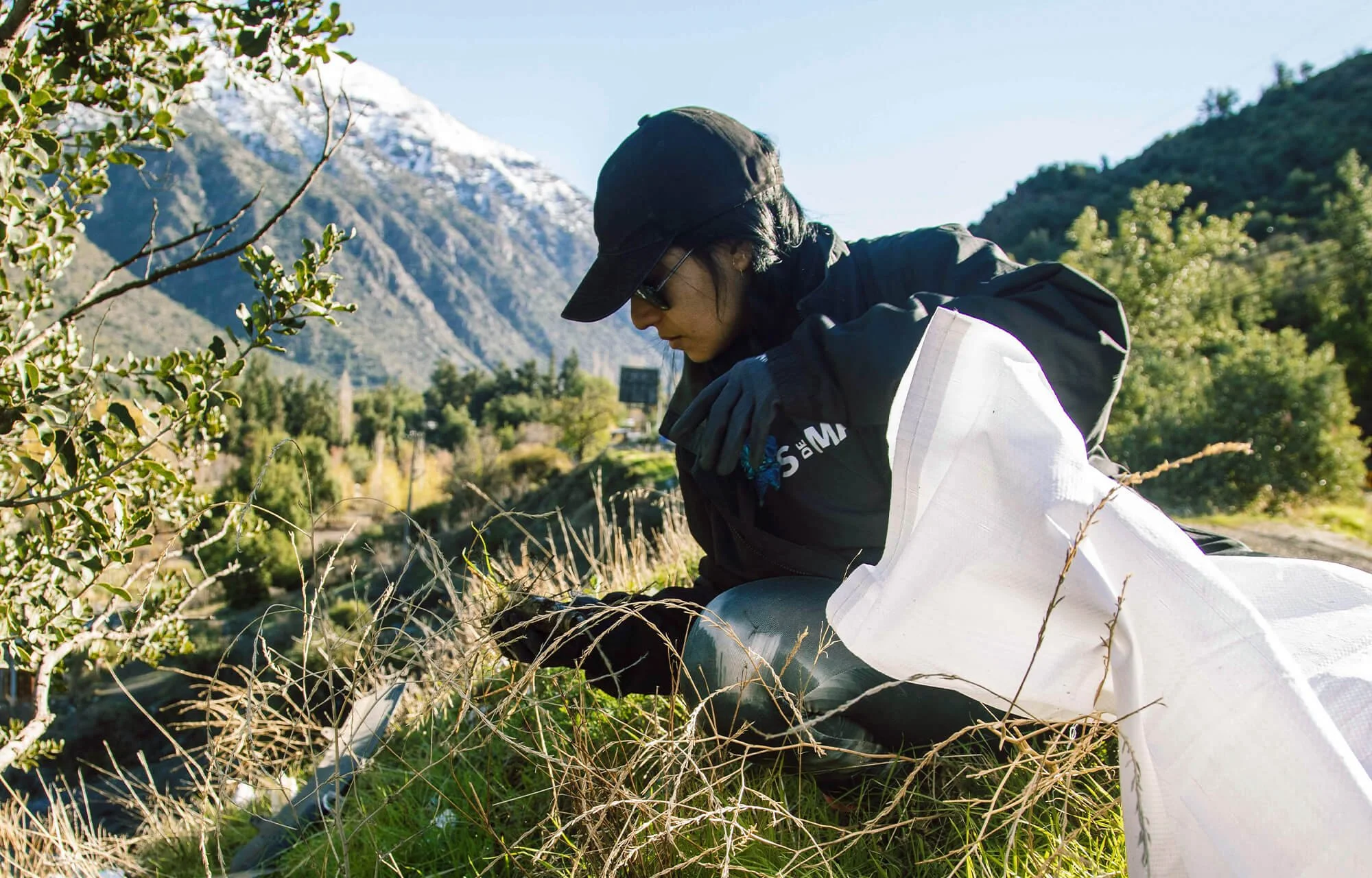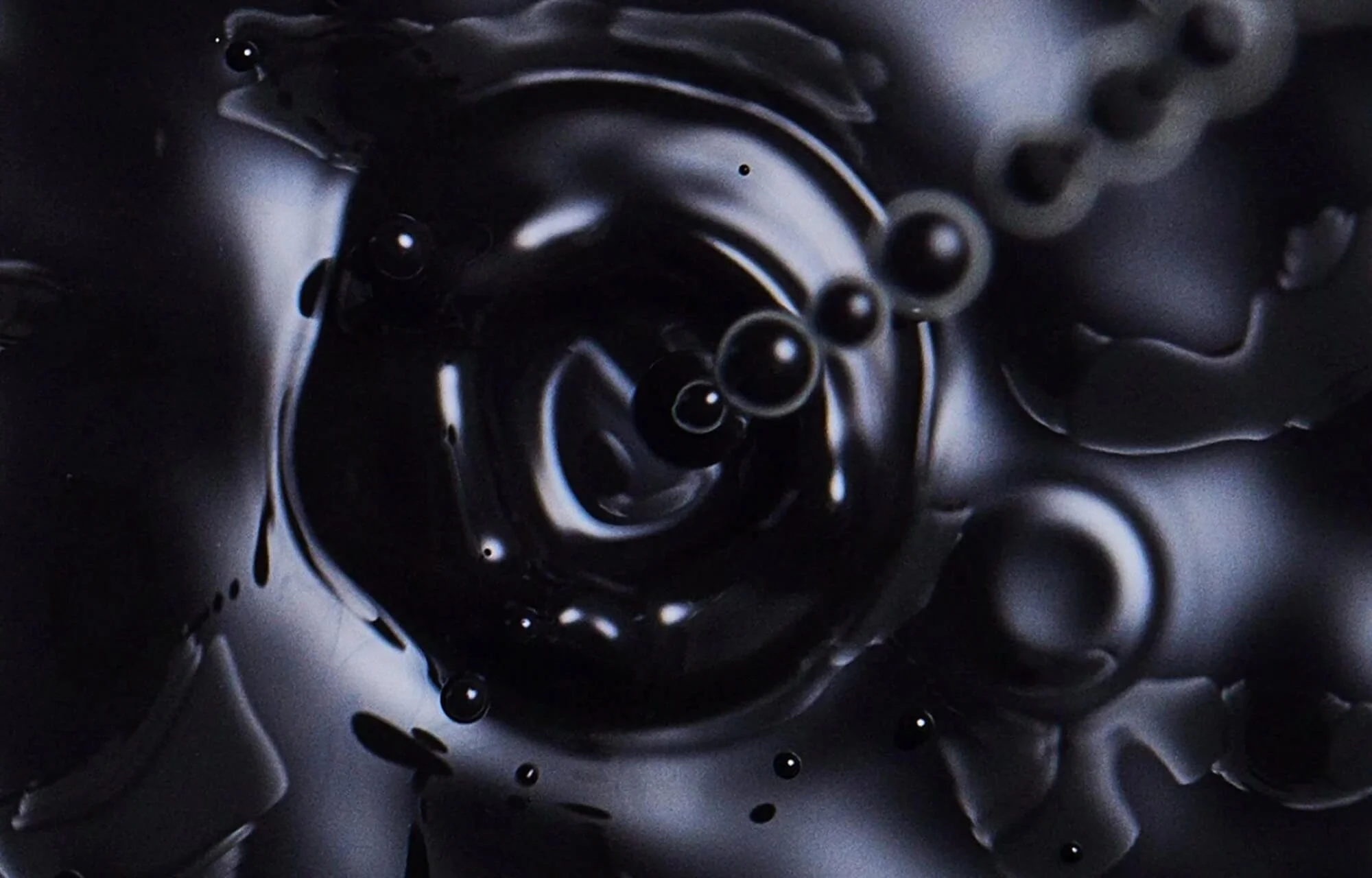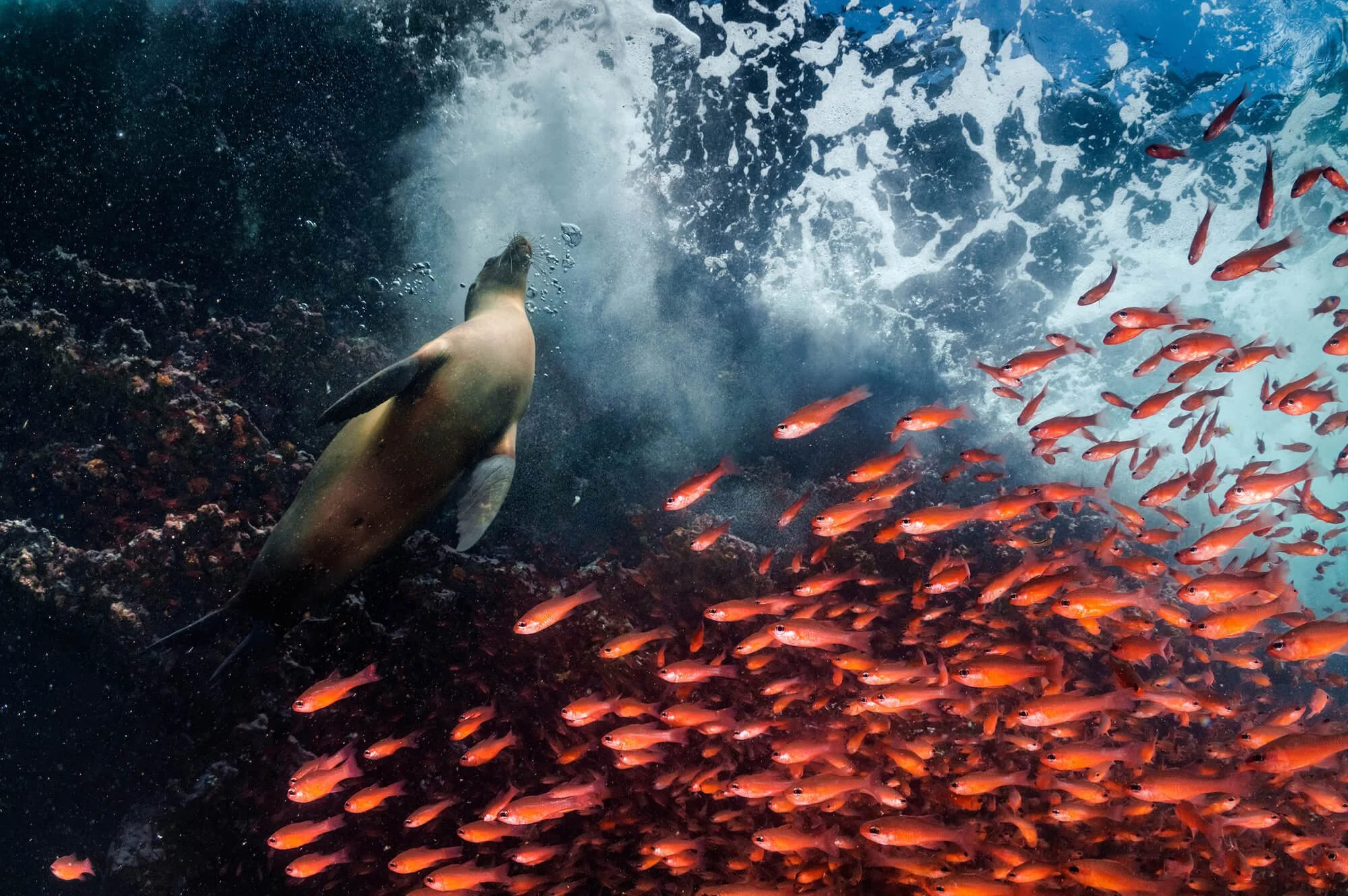Protecting Wāwāmalu
The ocean doesn’t end where the waves break. Beach, dune and coastal forest habitats are a vital part of the wider marine ecosystem, and need protection from pollution, invasive species and other threats. IN Hawaiʻi, OUR team has been working since 2022 to protect and restore the coastline at Wāwāmalu.
For World Oceans Week 2022, the Parley Hawaiʻi crew ran a landmark series of events to bridge the gap between local communities and conservation – mobilizing volunteers at Wāwāmalu on Oʻahu for shoreline cleanups, the restoration of native plants and the rehabilitation of dunes and trails. We caught up with Kahi Pacarro of Parley Hawaiʻi at the time to learn more…
Q & A
So for those who don’t know Hawaiʻi all that well, where is Wāwāmalu?
The stretch of coastline known as Wāwāmalu is a coastal ecosystem east of Honolulu that’s home to native plants, beaches and sand dunes, some rocky volcanic coast and ample space for public access. It serves as a critical wildlife habitat and natural resource for the cultural, recreational and resiliency needs of our community. Historically, Wāwāmalu is recognized as a former Native Hawaiian farming and fishing village, sandalwood forest, ranch and trading route where archaeological evidence exists of human burials. Species found along the coast here include a native plant called beach naupaka (Scaevola taccada), an indigenous sandalwood species called naio, sea turtles, seabirds and endangered species like the Hawaiian yellow-faced bee and Hawaiian monk seal. The Wāwāmalu coastline is an area that is constantly hit with really strong side shore winds – and that makes it a really rough coastline where people don't necessarily want to have a picnic on. So that also makes it a great place for our native monk seals, which are one of the most, if not the most critically endangered mammal in the United States. There's roughly about 1400 left in the world. It allows them to come up on shore and not be bothered, same with our green sea turtles, etc.
What threats does Wāwāmalu face?
About, I'd say 15 years ago, it became popular for people to start offroading on the beach and it more or less made it impossible for the monk seals to come up and bask or our green turtles to come up and nest or even for our Kupunas Iwi – that's our ancestors' bones, the native Hawaiian ancestors' bones – to rest in peace. Traditionally, it’s an area that would've been used to bury the dead. You’d have lifted trucks and SUVs rambling, getting stuck, having to get towed – and the beach went from this beautiful sandy color to actually more gray, right? It was the gray from the abrasion of their tires and micro plastics all over the beach.
We decided to do something, and when I say we, I would say it was the community – it wasn't the government, it wasn't the police. Each of those entities pointed the fingers at other entities to say, this isn't our responsibility, or there's no signage so we can't regulate this. Nobody wanted to take responsibility for the regulation of this activity, even though it was illegal. So what happened was community members more or less created a plan to stop this activity. And they identified a large collection of giant boulders that were sitting in this field that were a result of a development that happened close to 60 years ago. And they said hey, let's take those boulders and line every access point that there could have been for these trucks to get onto the beach.
With the trucks gone, is the area recovering?
The next step is the community getting involved in removing the invasive species, removing the debris from the bonfires that were being set on there, and just bringing a sense of stewardship back to this area. So we decided to collaborate with a bunch of local nonprofits and community groups to take the next steps – and that's what we're launching for World Oceans Week. It's looking at the groups that are already doing work out there and looking for other groups in the community that could potentially be long term stewards of this area and do a week long celebration of our oceans by celebrating the protection of this beach by bringing people together, and working on invasive species removal, trail restoration, symbolic fencing and cleanups – and anybody that does any of the days of service gets to come to our celebration at the AIR Station on the Friday. That was the genesis of how and why, but it's been this perfect Parley project where we are collaborating with partners like Sustainable Coastlines Hawaii, Hawaii Marine Animal Response, Surfrider Foundation, the Bishop Museum, Kekoa Cazimero of AVVA and legendary local surfer Zeke Lau – both of whom have been super instrumental in getting the community deeply involved in the project.
Continuing the work
18 months after our interview with Kahi, huge strides had been made. Further events resulted in the return of multiple native species through an endemic species seed bank, the first turtle nesting in over 50 years and a sense of pride and stewardship in the local community. The once-abandoned field of invasive species, beach trash and dumped waste were now was becoming a thriving park full of native plants and happy community members.
“Our recent Wāwāmalu restoration event was a huge success,” explained Kahi when we caught up. “We brought together a dedicated community of over 100 volunteers for a day of hugely impactful hands-on work. The day's focal point was planting another 125 native plants – a significant step towards revitalizing the coastal ecosystem. With unwavering commitment, the volunteers worked tirelessly to embed these plants into the sandy soil, helping ensure the stability of the fragile dunes in the face of rising sea levels and bigger storms while creating new habitats for our threatened native species.”
By 2024, our teams and volunteers had returned several times to the area to continue the work. As Kahi updates us: “Two years in and we've transformed the landscape, not only physically but also spiritually. Life has been brought back to this area, and the community has embraced our work. We have local community members who volunteer daily and have found purpose in the regeneration of this land. One of the most beautiful results of this work is the catalyzation of more abandoned areas being transformed into parks. We're excited for the next few years as we continue to bring native life back to this treasured area.”
WORLD OCEANS WEEK 2025
Now, in 2025, Wāwāmalu will be the kick-off event for Parley's World Oceans Week celebrations worldwide. If you’re in Hawaiʻi on June 1, join our team, local collaborators and other volunteers to help restore native plant species, clean up the beach and care for this special stretch of coastline – RSVP here.
